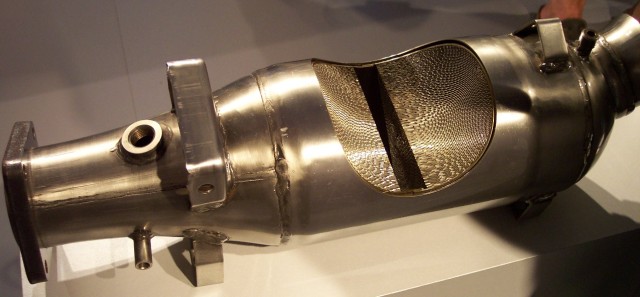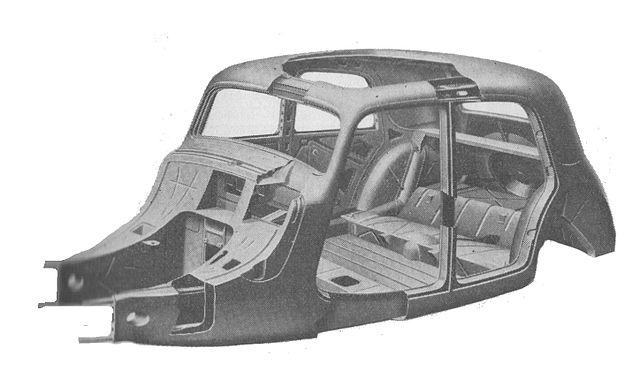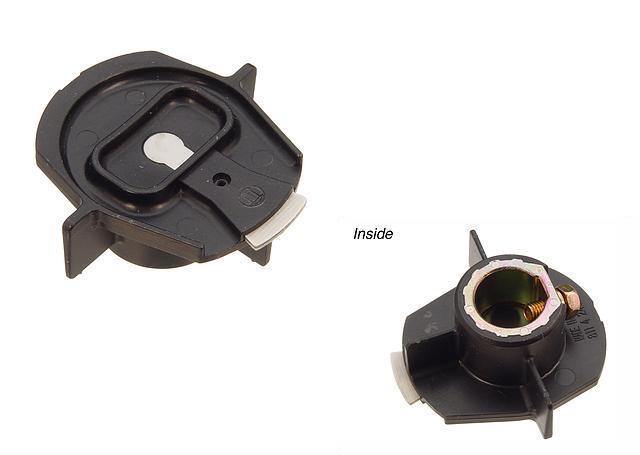What is a Transmission Control Unit?
A transmission control unit (TCU) is similar to an engine control unit, but it is responsible for the proper operation of a modern transaxle or transmission. At the most basic level, it receives inputs from various sensors and then provides outputs to transmission components to ensure optimal operation. In addition to direct inputs from these sensors, a transmission control unit may also receive some level of information from an engine control unit (ECU). Since these control units are directly responsible for determining when a transmission should change gears, a malfunctioning TCU can cause a whole laundry list of different symptoms.
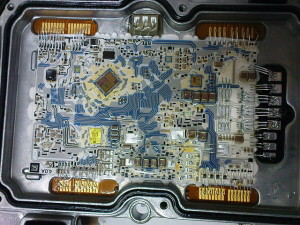
This transmission control unit is for a Volkswagen “direct shift gearbox,” which is a type of transaxle.
Contents [hide]
History of Electronically-Controlled Transmissions
Automatic transmissions have been around a lot longer than electronic controls, so for many years they had to rely on other methods to determine optimum gear shift timing. Hydraulic pressure has long been a primary method used by transmissions to determine when the gears should be shifted, and some transmissions continue to use valve bodies to select gearset ratios.
The first electronically-controlled transmissions started to appear in the 1980s, and they became even more widespread in the 1990s. For instance, full-size Ford trucks first started using the electronically-controlled E4OD transmission in 1989, but the smaller Bronco continued using a hydraulically-controlled A4LD transmission until the electronically-controlled 4R44E and 4R55E transmissions in 1995. However, the A4LD did incorporate some electronic controls later in its life.
As was the case with Ford, the process of shifting from hydraulic and mechanical controls to electronic controls was gradual, and the transmission control unit itself evolved out of that process. For instance, although Ford’s A4LD transmission did incorporate some electronics, they were operated by the electronic engine control (EEC) unit rather than a dedicated TCU.
Transmission Control Unit Operation
Transmission control units are essentially simple computers that take a given set of input parameters, perform calculations, and then provide a set of output parameters. The input parameters come from various sensors and the ECU, and the output signals are provided to electronically-controlled transmission components.
Transmission Control Unit Inputs
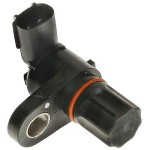
With inputs from the wheel speed sensors, a TCU can determine how fast the vehicle is going and whether is is moving up or downhill.
The specific input signals that a TCU receives depend on the design of the transmission, but some of the most common parameters include:
- Cruise control system
- Brake light switch
- Fluid pressure sensors
- Kick down switch
- Throttle position sensor (TPS)
- Transmission fluid temperature sensor (TFT)
- Turbine or input speed sensor (TSS/ISS)
- Vehicle speed sensor (VSS)
- Wheel speed sensors (WSS)
Transmission Control Unit Outputs
The output signals that a TCU generates is also dependent on the design of the transmission, but some common components that receive output parameters include:
- Shift lock
- Shift solenoids
- Pressure control solenoids
- Torque converter clutch (TCC)
- Engine control unit and other controllers
Transmission Control Unit Failures
When a transmission control unit fails, it can cause a whole host of problems, all the way up to leaving you stranded on the side of the road. In modern vehicles, most TCU issues will set a trouble code, which means that you can plug into the OBD-I or OBD-II system and read the code to get a general idea of what exactly is malfunctioning. The issue may be in one of the sensor inputs, one of the components that receives an input from the TCU, the TCU itself, or even the wiring that connects all of these various components.
If you suspect a transmission control unit problem, checking the codes is typically the right place to start. These codes are retrieved the same way that ECU trouble codes are, and they typically cause the same “check engine” light to illuminate on the instrument cluster. Of course, some codes won’t cause the light to come on, and there may be stored codes even if the light is off.



